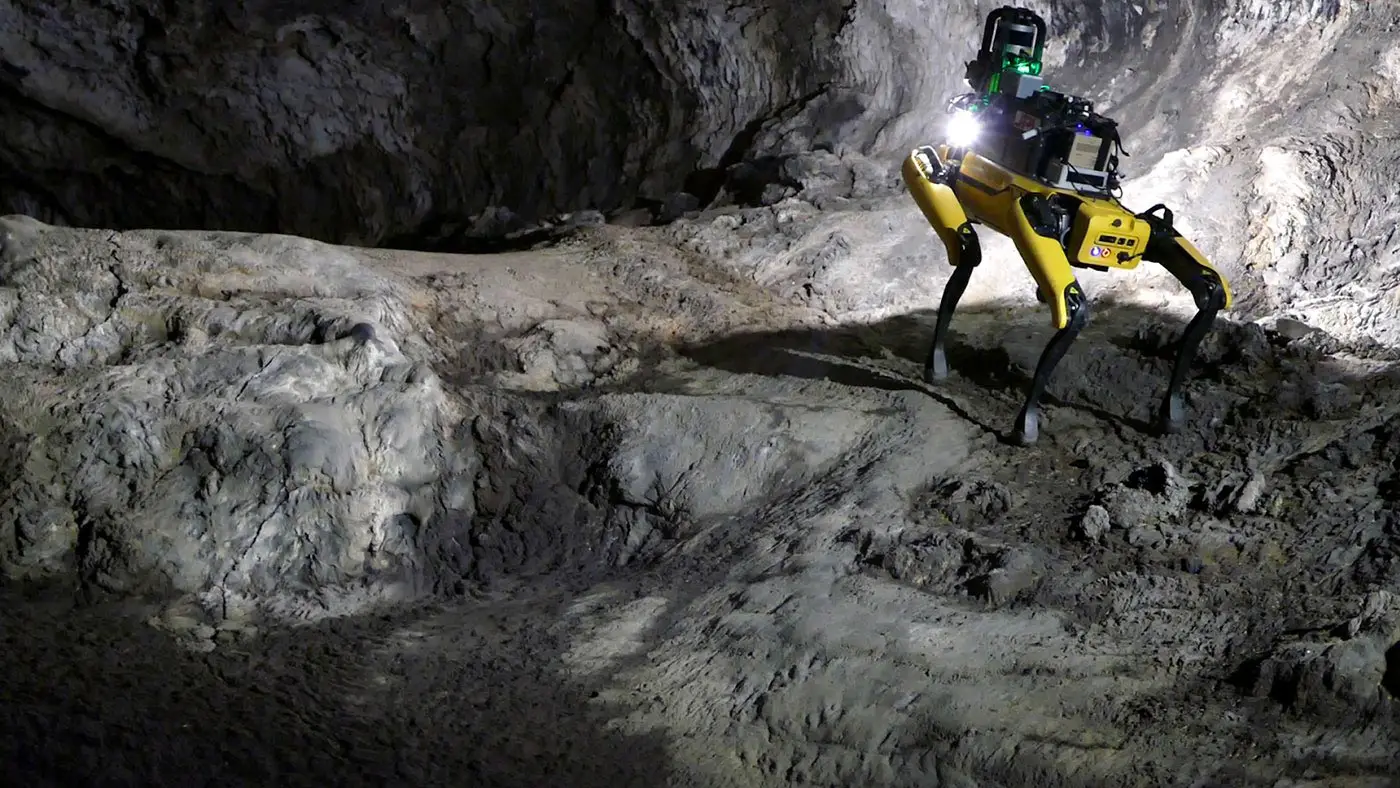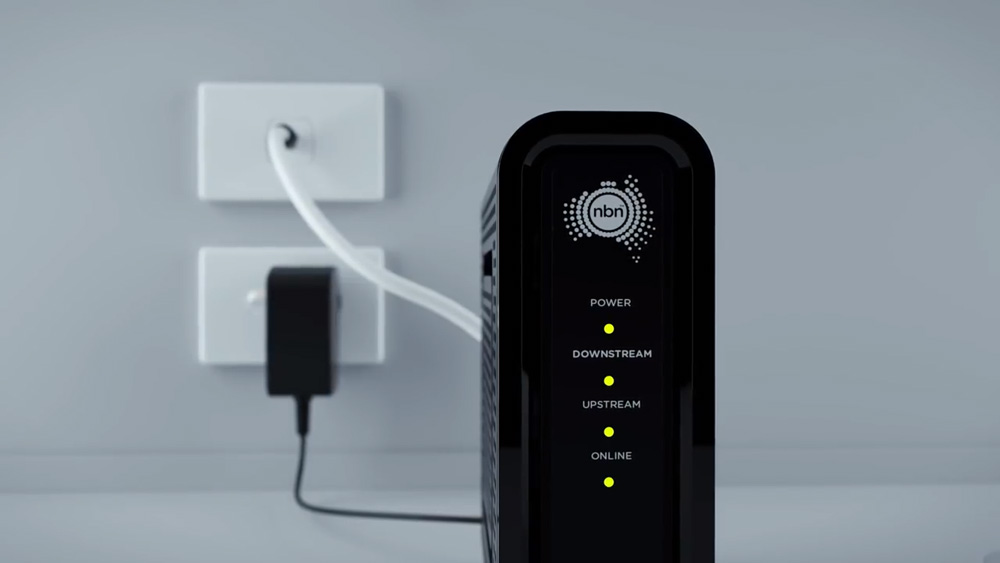NASA JPL will lead Team CoSTAR in the SubT final this Week to demonstrate multi-robot autonomy in a series in extreme environments.
From September 21-24, eight teams of dozens of robots representing more than 30 institutions will meet in an old Kentucky limestone mine to participate in complex underground scenarios. The goal is to show cutting-edge robotic autonomy capabilities and to compete for $2 million.
The Defense Advanced Research Projects Agency sponsors the event. It marks the end of the Subterranean Challenge, or SubT Challenge, that began three years ago and attracted engineers from all over the globe. This challenge aims to develop autonomous robotic solutions that first responders can use in underground environments without direct communication or GPS.
The technologies that were developed for the SubT Challenge and extreme-environment exploration on Earth also have applications for space exploration. Team CoSTAR, a JPL-led team of autonomous robots, will display their collection of walking, driving, and flying robots. These robots could explore extreme terrains on the surface and inside caves and lava tubes on other planets.
Team CoSTAR’s Rollocopter uses quadrotor technology to fly and roll on two passive wheels. It can fly over obstacles while it is moving. Credit: NASA/JPL-Caltech
The 60-member team includes engineers representing Caltech, Massachusetts Institute of Technology(MIT), Korea Advanced Institute of Science and Technology [KAIST], Sweden’s Lulea University of Technology, and other industry partners.
SubT’s focus is on something other than the competition. Ali Agha, JPL roboticist and principal investigator of Team CoSTAR, stated that this is a fantastic opportunity to accelerate technology development and create new autonomy [artificial Intelligence] capabilities for NASA and the good of humanity. “In particular, NASA’s search for life beyond Earth is possible with the NeBula autonomy and AI technologies we developed by participating in this contest. Robots could use these technologies to explore difficult and extreme locations on other planets where extinct or extant life might be found.”
Underground Unassisted
The SubT Challenge was established in 2018. It consists of two tracks, the Systems track and the Virtual track. Both are divided into three subdomains or events, the Tunnel, Urban, and Cave Circuits. The Virtual competition is focused on software that can be used in simulation-based circumstances. However, the Systems competition is about physical robots that can operate in real-world environments. Team CoSTAR was formed to develop AI and autonomy software solutions allowing physical robots to navigate complex and previously unrecognized environments.
SubT Challenge’s diverse environments demand different locomotion methods and a variety of robots to complete complicated tasks. Tracked or Team CoSTAR may use wheeled robots to cover ground faster in areas with few obstacles or rough terrain. Credit: NASA/JPL-Caltech
Team CoSTAR placed second in the Tunnel Circuit in August 2019. They also took first place in the Urban Circuit held in February 2020 at an Elma power plant. Due to COVID-19 restrictions, the Systems Competition Cave Circuit was canceled in the fall of 2020.
This Week’s final event, held in the 4-million-square-foot (370,000-square-meter) Louisville Mega Cavern, features a combination of all three subdomains that DARPA has designed – from cave systems with irregular passages and large caverns to subsurface structures with complex layouts that reach several stories high.
To fulfill its mission goals, Team CoSTAR uses a variety of robots. First, they send robot scouts into the environment to assess the potential hazards. Then, they select the robots that are most capable of achieving the overall mission goals based on their modes of locomotion.
“The final contest will present a challenge because we must use both legged and wheeled robots to reach all the problematic spaces DARPA has created for the competition. Joel Burdick is a Caltech professor and JPL research scientist who heads the Caltech campus section for Team CoSTAR.
As they search for objects that could be used in a disaster response and search-and-rescue scenario, the robots will create a 3D map.
Burdick stated, “our participation in this exciting endeavor helps further one of Caltech’s main goals, which is to develop robots that can find and rescue people in future disasters.”
Also present will be environment-specific artifacts, such as a carbon-dioxide-emitting source that mimics a gas leak in an urban setting or a helmet in a cave setting that would indicate a nearby human presence. The robot team must work autonomously and complete the mission in less than an hour. More points are earned if they can reach, identify, and locate more objects.
Benjamin Morrell (Robotics Technologist at JPL, perception lead for Team CoSTAR) said, “It’s a complicated challenge for hardware and software design, as well as for the diverse team who has endured the challenges faced in the competition these last three years.” It’s incredible to see the team’s results, and it’s exciting to see our system put to the test against the best roboticists around the globe. SubT is an excellent platform for further advancements in autonomous robots.




